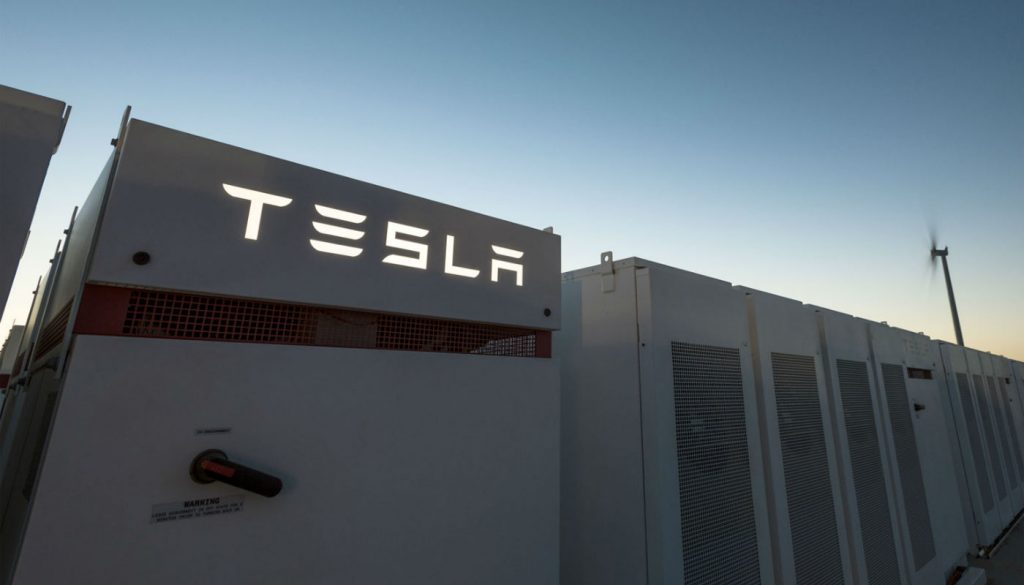Elon Musk and Tesla had 100 days to build the world’s largest battery in South Australia. And they did – but now comes the real test.
What started with a Twitter bet has come to fruition. Elon Musk just made good on his promise to build the world’s largest battery in South Australia to help solve issues with the state’s power grid.
The newly minted Tesla Powerpack is located a three-hour’s drive from Adelaide and is installed next to the Hornsdale wind farm, built by French company Neoen. The lithium ion battery – the largest battery in the world – has 129 MW of capacity, or enough to power about 30,000 homes.
This development all started with some Twitter banter in March 2017. South Australia suffered serious issues with its power grid, causing blackouts across wide swaths of the state in late 2016. This event set in motion a nationwide debate about the viability of renewable energy sources.
In response, Tesla’s Vice President for Energy Products Lyndon Rive said the company could build a battery system with enough capacity to help the state weather fluctuations in energy supply. Atlassian co-founder Mike Cannon-Brookes raised the stakes, and Musk made the bet that Tesla could solve the state’s power issue within 100 days or the system is free.
The SA state government jumped at the opportunity, and awarded a joint contract to Tesla for the battery pack and Neoen to supply the wind turbines. The agreement was signed in late September, and the clock started ticking.
Tesla put the finishing touches on its system yesterday.
The giant lithium ion battery is set to be energised in the coming days as it begins the first phases of regulatory testing. During that time it will provide some system security services to South Australian residents, and the entire system is set to be fully operational by 1 December to meet the deal’s deadline.
Musk estimated that the system would have cost upwards of US$50 million if the company failed to meet the 100-day deadline. The SA government has not yet indicated how much it will pay Tesla for the Powerpack, but this project is part a $150 million renewable energy plan launched by Premier Jay Weatherill in March 2017.
Once fully operational, it will provide stability services to the state’s power grid and help it weather any fluctuations. In addition the state can tap into the battery’s entire output to help prevent future load shedding blackouts if power supplies run low.
Although the Powerpack facility was halfway complete by the time to contract was officially signed in September, it’s still an accomplishment and could serve as a case study for renewable energy storage projects in Australia going forward.
“The world’s largest lithium ion battery will be an important part of our energy mix, and it sends the clearest message that South Australia will be a leader in renewable energy with battery storage,” Weatherill said in a statement.
Musk was equally excited about the project’s completion, stating on Twitter: “Congratulations to the Tesla crew and South Australian authorities who worked so hard to get this manufactured and installed in record time!”
For his part, Cannon-Brookes had nothing but congratulations for Musk and SA, and said in a Tweet that he was “never more happy to lose a bet”.
However, the true test of the battery’s performance is yet to come. If it can moderate the intense demands on energy supply from air con during the blistering summer months of December to March, then it’s time for celebration – and perhaps talks about additional renewable energy installations.
